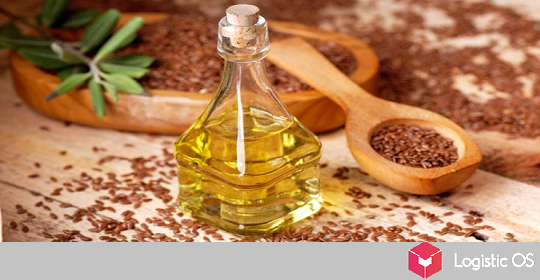Russian manufacturers of agricultural machinery fear that a decrease in farmers’ incomes may reduce demand for their products.
Adverse weather conditions, in particular May frosts, can have very unpleasant consequences for both farmers and equipment manufacturers.
According to estimates by the Ministry of Agriculture of the Russian Federation, frosts led to the destruction of crops on an area of up to 1 million hectares, and crops could be damaged on another 700 thousand hectares.
In this regard, farmers may lose a significant part of their income, experts predict. And if so, then they will have much fewer resources to purchase, including agricultural machinery.
The situation is complicated by the fact that such equipment is often taken out on credit in order to pay money for it from future income.
Accordingly, a decrease in these incomes may lead to non-payments by farmers even for equipment already purchased.
At the same time, today’s market conditions, in particular the high Central Bank rate, make obtaining new loans very difficult for many companies.
In general, the market is already experiencing a decline in demand. For example, in January-May 2024, the demand for forage harvesters fell by 20%, for grain harvesters — by 10%.
How will the problem be solved?
Some experts believe that the agricultural machinery market is not in danger of declining by more than 10-20%.
The fact is that the market is largely formed by large companies that do not have financial problems. As for smaller companies, the decrease in demand on their part will not be so noticeable.
It turns out that the agricultural market can take another step towards consolidation, since soon modern agricultural machinery will be owned mainly by the largest holdings.
An interesting trend in recent years has been the fact that some holdings decide to independently produce the equipment they need.
For example, such a decision has already been made by the Steppe holding, the EkoNiva company, and the Agro-Belogorye Group of Companies.
Experts emphasize that this may be due to the low availability of domestic solutions. Many of them are still being developed, and those that exist are in short supply.
Not everything is going smoothly with imported equipment either: due to sanctions, the import of certain items is difficult or impossible, and in any case, logistics have seriously risen in price.
In addition, we also have to deal with the fact that sometimes farmers simply cannot find on the market what they specifically need: for example, seeders of the required length and width.
That’s why they decide to produce them themselves.

